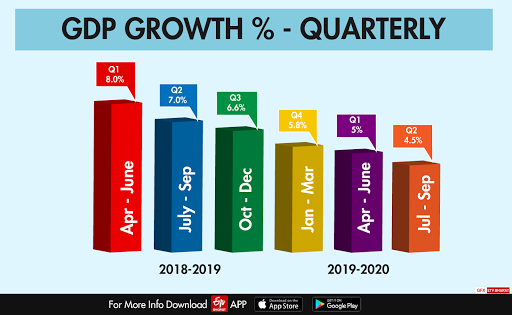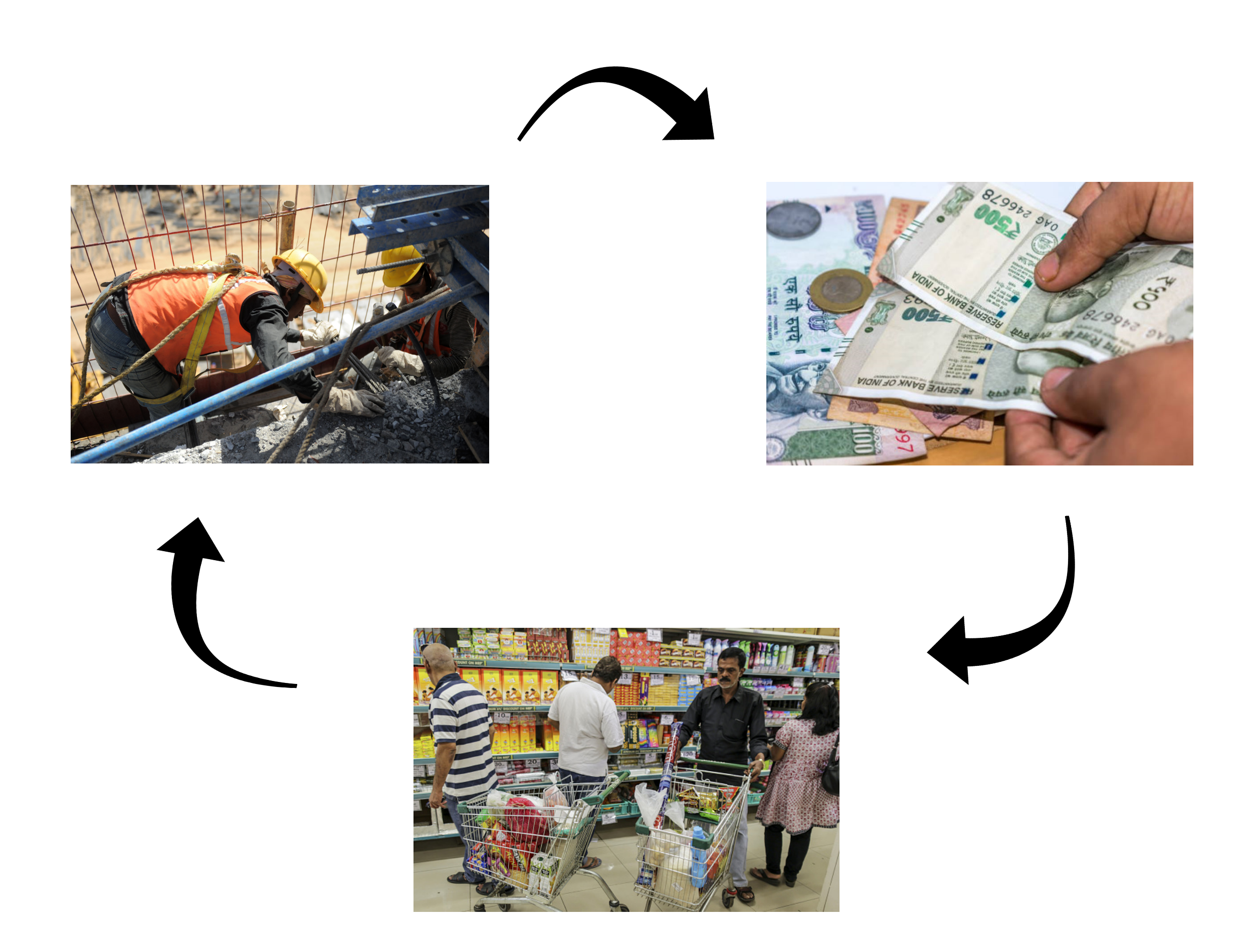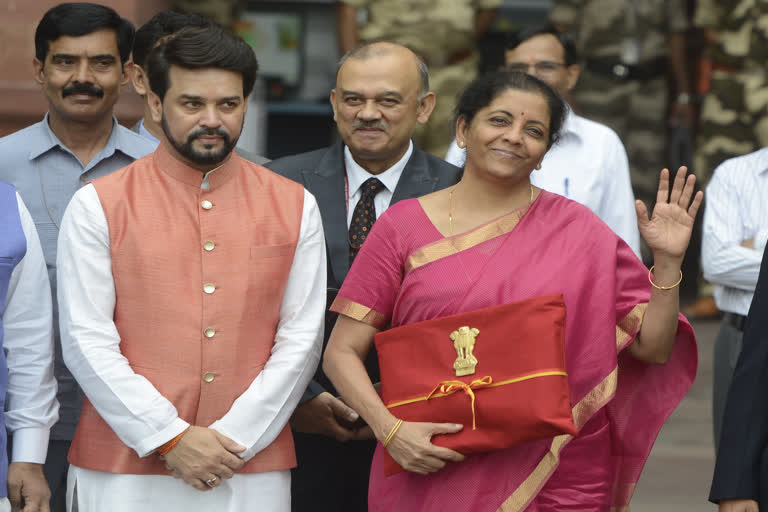Hyderabad: On February 1, Finance Minister Nirmala Sitharaman will present her first full-fledged Budget.
From ‘crorepati’ to common man, from Kashmir to Kanyakumari, the whole country has set its eyes on the Budget Speech with the hope India’s falling fortunes will be revived.
The Indian Economy is growing at its slowest pace in 11 years, unemployment rate is at its highest level in over four decades and food prices touching the roof.

The manufacturing sector that accommodates large chunk of semi-skilled labour force is in doldrums, Agriculture, a crucial sector for rural growth is growing below 3 percent.
Recently released World Economic Outlook, Global Social Mobility Index and Oxfam Report on the sidelines of the World Economic Forum Summit in Davos clearly indicate India’s wealth creation rate is decelerating and concrete steps to be taken to bridge rich-poor divide.
What is the way out?
Higher Government spending could be an optimal solution.
The ongoing economic slowdown appears largely due to the demand side issues rather than the supply-side bottlenecks.
In other words, even when there are enough goods and services available in the market, people’s insufficient purchasing capacity is causing the current slowdown.
In fact, a recent report of the Reserve Bank of India (RBI) also suggested towards declining consumer confidence, business confidence and the capacity utilisation by the factories, which points out towards a deceleration in demand.
Hence, the solution largely lies in reviving much needed demand in the economy.

In 2019, the RBI, which regulates banks in the country, has done its bit by way of reducing key interest rate (Repo Rate) by 135 basis points or 1.35% with the estimation that it will propel credit demand to purchase houses, cars, etc on the back of low-interest rates.
Unfortunately, it did not yield the desired results. Perhaps it may work with a time lag.
Thus it would be prudent at this point of time, to make use of the upcoming Budget to take on the economic slowdown, by boosting sector-specific public investments and expenditure in a time-bound manner.
The Myth of Fiscal Deficit
In simple terms, Fiscal Deficit indicates total borrowing needed by the government in a given financial year. It is the difference between income and expenditure.
There are arguments that more government spending would widen the fiscal deficit and could also cause high price rise, and eventually result in a bigger problem of slowing growth.
It is in this context, it is to be noted that high government spending could lead to high price rise situation when the capacity utilization has reached an optimal level. It is to be noted that capacity utilization is the extent to which an enterprise uses its available capacity.
But the RBI report suggested that there is an underutilized capacity in the economy.
Read more:Now GST payers can file GSTR 3B returns in a staggered manner
Hence the Government expenditure would only create more employment and generate more income in the hands of the people, which would be used further for consumption.
Due to the multiplier effect, the economy would revive.
In the later stage, business confidence would improve and further improve tax revenues and the fiscal situation would be set right.
Hence there is no need to worry if the fiscal deficit figures are high. They are the price that we would be paying today, for a better tomorrow.
Sector Specific Spending Required
Once there is clarity on whether we should spend or not, then the question comes, where to spend.
Agriculture is one such sector which could yield better results, with more Government investments.
The agricultural incomes as a percentage of GDP have fallen to 3.1 percent during 2012-18, from 4.4 percent during the period 2002-11.
A fall in agriculture incomes on such a scale would definitely bring down consumption and the task at hand is to revive the consumption demand by raising these incomes.
This can be done through investments in rural infrastructure and supply chains that add value.
It would not only create infrastructure but also change the rural outlook of the country while helping the economy to bounce back.
It is not to suggest that it is the silver bullet for the existing economic slowdown.
It is to suggest that it is worth considering to be an option, along with other efforts that the policy elite put in.
It is time to spend and spending it right is more important than the spending itself.
(Dr. Mahendra Babu Kuruva is an Assistant Professor at H.N.B.Garhwal Central University, Uttarkhand. Views expressed above are of his own.)



